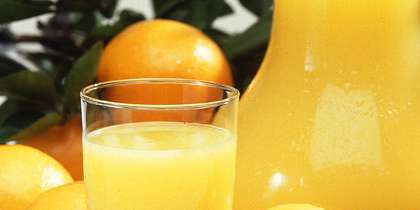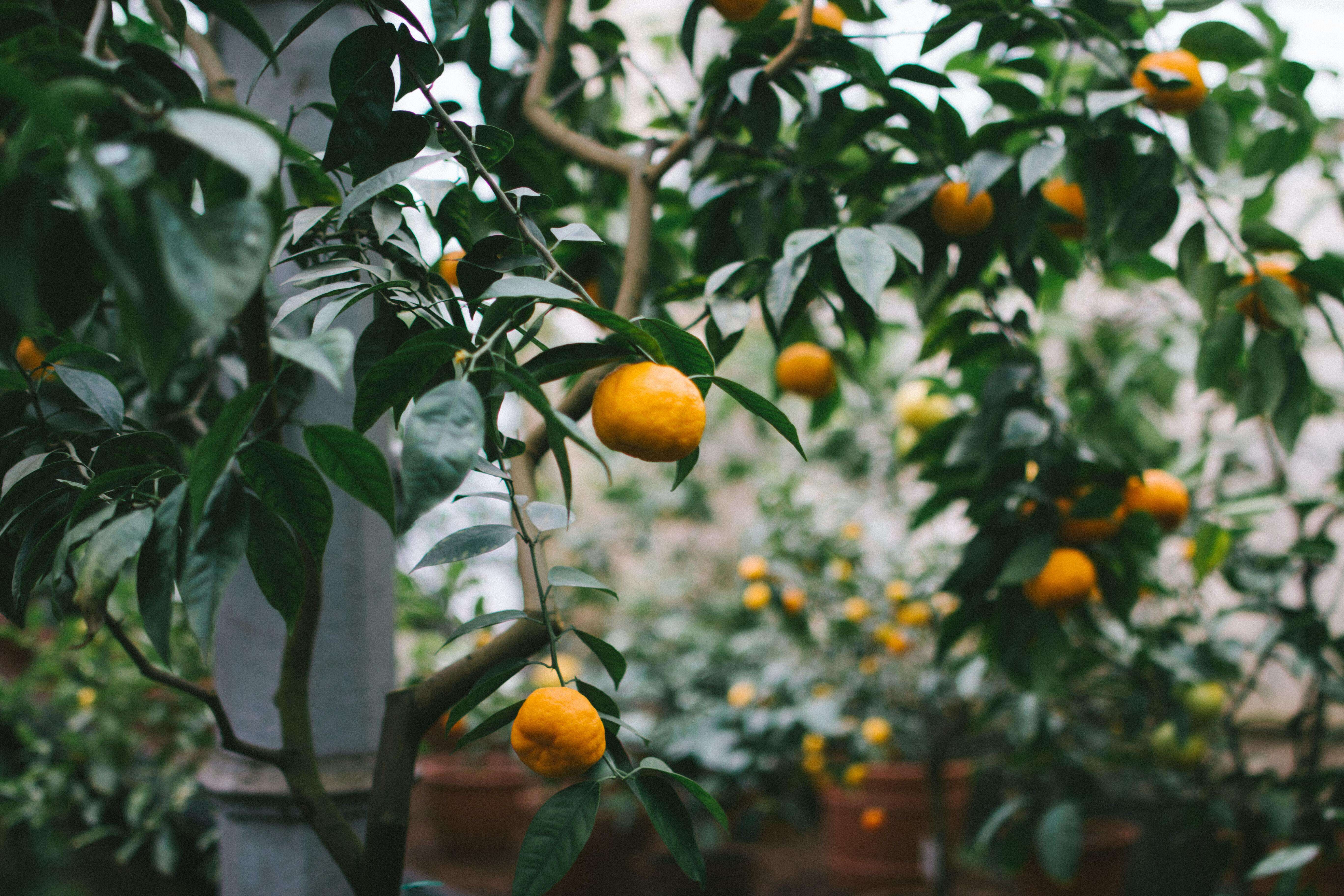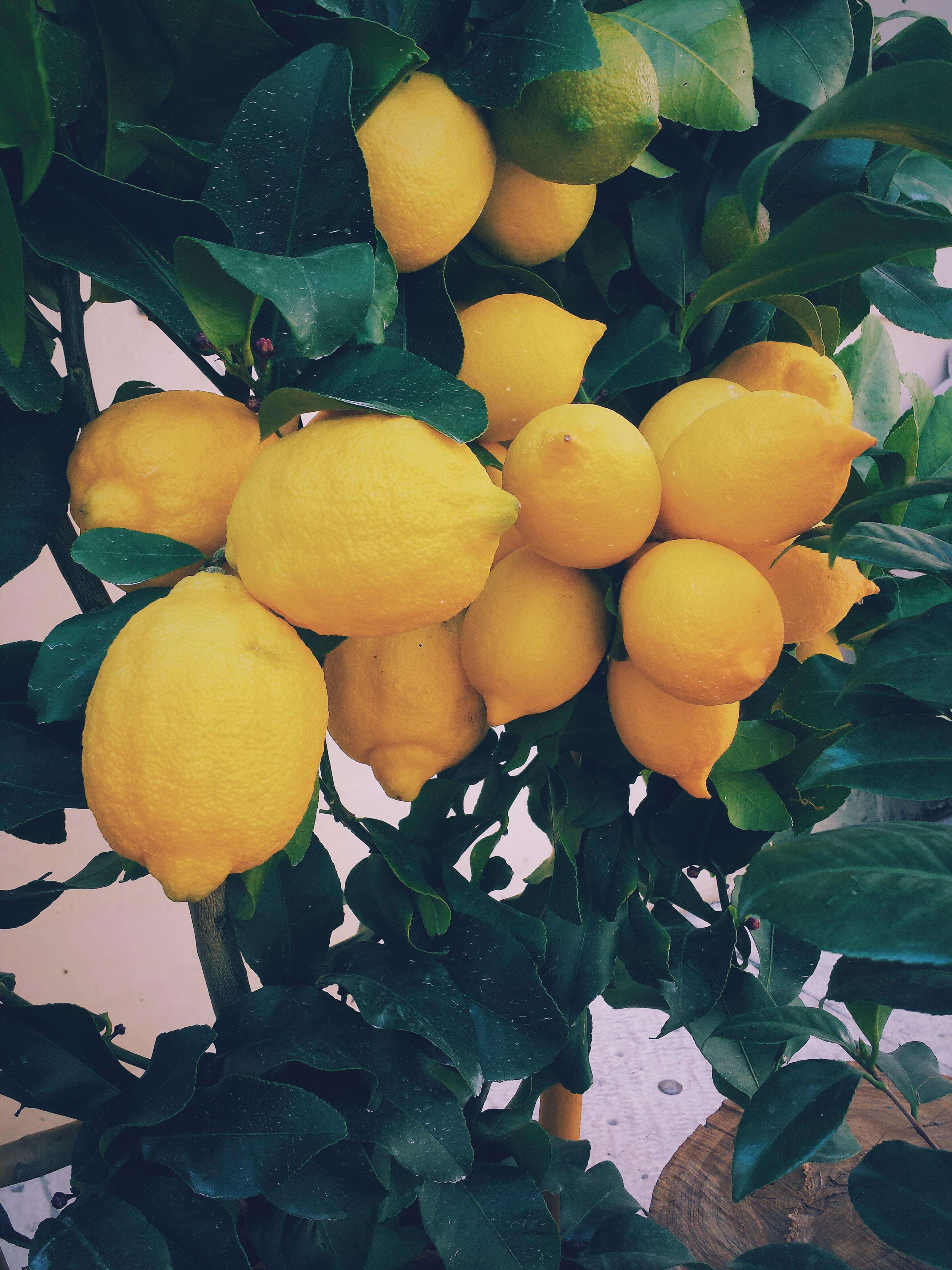
Spectrophotometric analysis of orange juice color can enhance consumer perception as well as USDA grading. Image Source: Flickr user U.S. Department of Agriculture
How do you like your orange juice? While preferences such as pulp vs. pulp-free may be largely individual, chances are that you prefer orange juice with an intense reddish-orange color—most people do. It’s also quite likely that color is one of the primary factors informing your orange juice purchasing decision. In fact, the color of orange juice is so critical to consumer expectations that many may even perceive taste differences that don’t exist simply based on hue. In order to optimize consumer perception of orange juice, judicious use of spectrophotometric analysis is essential to creating chromatic appeal.
Color Dominates Taste
A study published in the Journal of Consumer Research examined the effects of orange juice color, brand, and price information on consumer taste perception. They found that that while brand name and price had no effect on taste perception, the color of the juice had a significant impact. When given two cups of identical juice with one cup left natural and the other tinted with food coloring, participants overwhelmingly reported taste differences. However, the researchers also found that “when given two cups of orange juice that were the same color, with one cup sweetened with sugar, the same people failed to perceive taste differences.”1 In fact, color was the dominant determinant of taste, more so than any other factor, including the actual taste itself. The exact nature of the relationship between color and taste perception was further explored by a group of European researchers, who discovered that orange juice with a greenish hue “significantly increased the perceived sourness.”2 Additionally, study participants overwhelmingly expected to enjoy orange juice with more intense red hues.

The growing conditions of oranges can affect the color of the juice they produce and blending may be required to produce a desirable final product. Image Source: Unsplash user Vadim L


